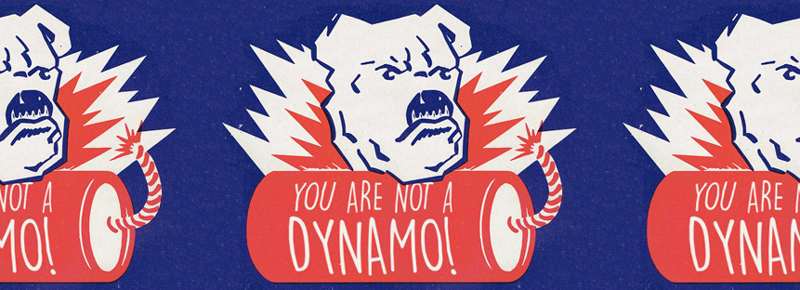Expediting Culture Alignment in a Merger and Acquisition

Choosing an effective cultural integration solution has a big impact on the bottom line. At 5 Dynamics, we understand how critical cultural integration is to the merger & acquisitions process.
Survey Says: Poor Team Dynamics Lead to Disgruntled Employees
Our recent survey of 500 full-time workers in the United States revealed that team dynamics is a source of frustration for many. Negative team interactions drive employees to leave their jobs, and major changes compound stress and productivity issues. Thirty-five percent of respondents feel less productive during executive changes. Twenty-seven percent cited rapid company growth as the root issue for lack of team efficiency. These are sobering statistics for an executive working to preserve morale and productivity through a merger or acquisition.
More worrisome still, the survey revealed that the tools businesses can use to improve collaboration are rarely applied. Eighty-five percent of respondents indicated that they use and apply these tools only sometimes, rarely, or never in their work environment. Employees reported experiencing the most frustration when trying to motivate others (35.1%), executing on plans (27.4%), and during the planning phase (26.9%).
Every M&A process involves the need to develop and execute on plans and motivate others! Given the significant risks involved in culture integration and the higher probability of talent loss during a merger or acquisition, selecting an effective solution is paramount.
A case study of three healthcare organizations planning a merger illustrates the strengths of the 5 Dynamics approach for cultural integration.
Case Study: Focus on Mergers and Acquisitions
CHALLENGE
Three organizations planned to merge simultaneously: one was a large multi-specialty organization, the other two were orthopedic organizations. The merger would provide competitive and strategic leverage.
The week before the merger, one of the ortho organizations backed out because of the “way the leadership of the multi-specialty was behaving.” The CEO of the ortho felt the multi-specialty treated the deal more like an acquisition than a merger. The merger with the other ortho went ahead. However, shortly afterwards, they began to feel the same way the first ortho did toward the multi-specialty.
5 Dynamics came in to help get the merger back on track with the ortho that pulled out.
ACTION
A cross-organizational team formed with representatives from each of the three organizations. 5 Dynamics was integral to the work in three ways:
- help this diverse group of people understand the success/satisfaction cycle.
- build the merger team.
- help each organization understand their respective cultures.
It was revealed that the culture of the ortho that initially pulled out was high in Excite Energy, while the multi-specialty was an Explore/Execute culture. This difference helped them understand the initial miscommunication.
RESULTS
5 Dynamics enabled the merger team to have explicit conversations about their differences. They came to understand that ALL Energies were important. The multi-specialty learned to slow down and engage the ortho. The merger got back on track and closed several months later. Post-merger, 5 Dynamics continues to be used by the leadership team to guide their process and build the team.
The 5 Dynamics methodology can help increase productivity and reduce friction on any integration team. In addition, the added benefit of continued enhancement of employee productivity and engagement post-merger. In fact, 91.6% of employees who have taken the 5 Dynamics assessment use the methodology to inform their work on a daily basis.
Contact 5 Dynamics today to learn how our energy profiles assessment can ensure your upcoming merger or acquisition will reach its full promise.



